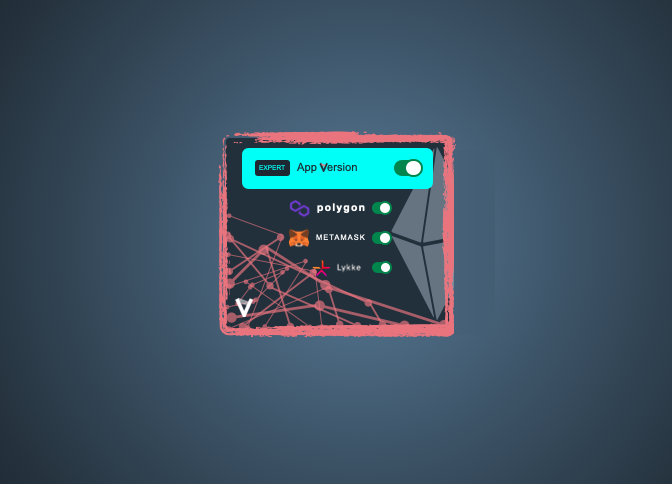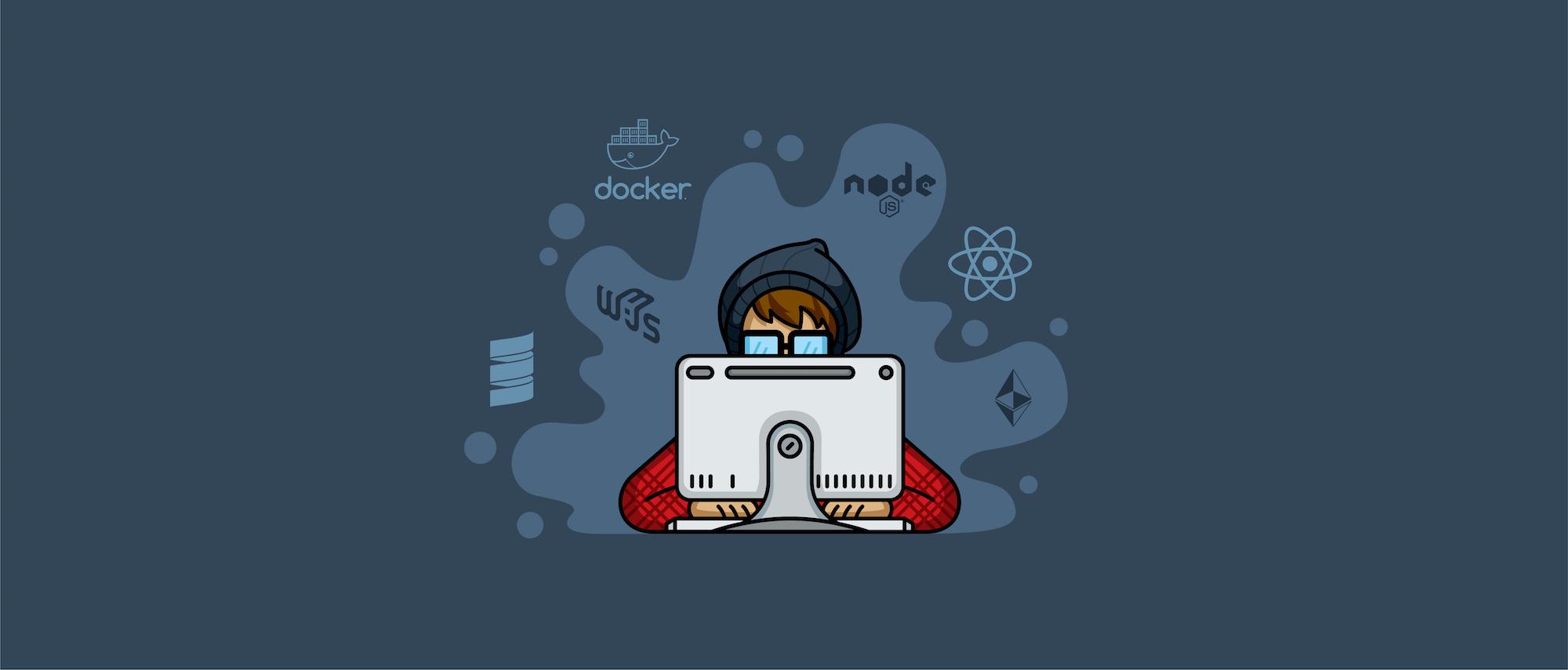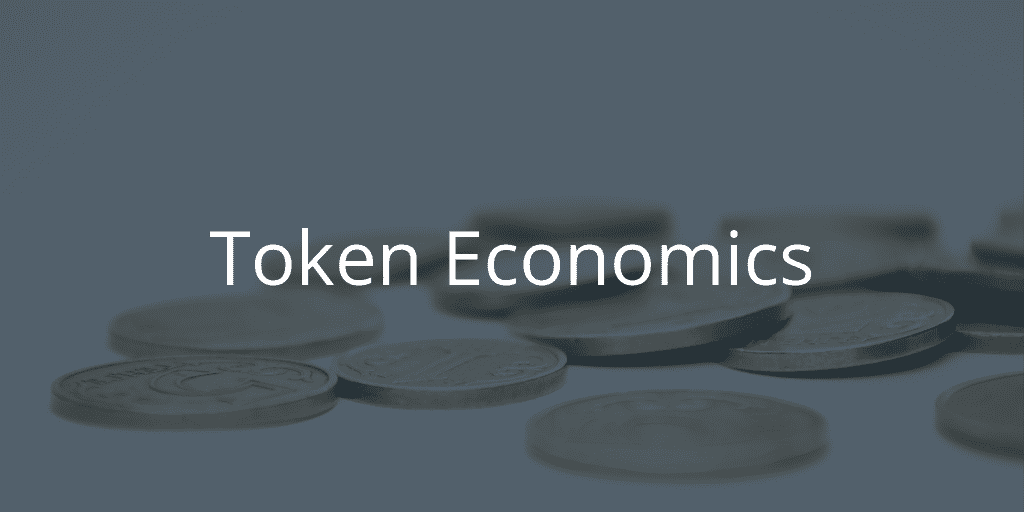There has been perhaps too much talk about blockchain recently, which doesn’t change anything about the fact that it is an exciting technology with the potential to disrupt industries across the board.
However, the technology behind blockchains is actually far less revolutionary than it might seem based on the buzz surrounding them. All of the utilized technologies – the internet, cryptography and transport protocols – have been known for decades. It is not the technology itself that is revolutionary, but the way it is used. Especially public blockchains with an elegant double-spend solution are able to validate and secure anything from cryptocurrency transactions, to healthcare and government records and proof of ownership.
Blockchains are special databases that are distributed and accessible to anyone, operate without a central administrator and require consensus for making entries. In a public blockchain, consensus is reached mostly through a computationally demanding voting process carried out by users, who are rewarded for this activity with unique tokens (cryptocurrencies). Unlike data in traditional databases, data recorded in a blockchain cannot be modified.
Why blockchains are so special
As digital data is generally easy to copy, before the invention of blockchains there was a risk that a dishonest party would use the same digital asset more than once. The consensus algorithm (especially Proof of Work combined with tremendous hashing power), the existence of a complete transaction history stored in a blockchain, and accessible to anyone has rendered this virtually impossible.
By solving the problem of double-spending through consensus of the majority of network participants, blockchains also enable two parties who are distrustful of each other to carry out transactions in a secure manner without an intermediary, such as a notary public, a settlement bank or a database administrator.
Eliminating the intermediary has also eliminated the central most vulnerable point in the system, which was the focus of most hacking efforts. Transactions carried out by blockchains without a central authority are also beyond the reach of censorship. As a result, blockchain users do not run the risk of ending up in a situation similar to that seen in the traditional financial world in 2010, when Visa, MasterCard, and PayPal started blocking donations to WikiLeaks. Compared to traditional databases run on designated servers, blockchains also have a number of other advantages including, among other things, zero downtime for maintenance or because of a power failure.
Blockchains aren’t just cryptocurrencies
However, it is not all roses with blockchains. Their operation is, for instance, much slower and costlier, which makes using them a sensible choice only when there is a reason to distrust the central authority. Despite this, their possible uses extend far beyond the financial system, which tends to be the most cited example of how they are used. Their principle of decentralized consensus can help build more robust systems whenever ownership is concerned or attestations required.
The future of blockchains lies, for example, in highly automated control of hierarchical processes. Cryptocurrencies are not just currencies; technically, they are a control signal. For example, for a vending machine to give you a candy bar, the transaction and the action of dispensing the candy bar are both carried out as part of a single indivisible automatic cycle. Most manufacturing or business processes or sets of processes can be expressed in this way. Volkswagen is one of the first companies to explore the use of this benefit.
This brings us to another interesting application of blockchains and cryptocurrencies – smart contracts. Any human-made contract that can be expressed as an algorithm can be administered by a blockchain, which automatically monitors compliance with the terms of the contract.
If you were, for example, late with your car lease payment (through cryptocurrency), it would bar you from starting your car until the payment was made. Apart from smart contracts and the administration of ownership rights, blockchains will also find use in supply chains, digital rights administration, and real estate registers. Now to the principles: decentralization and shared supervision. The shared supervision of blockchain entries specifically enables otherwise opposing parties to cooperate in a mutually satisfactory way. The Open Music Initiative and Ujo Music are blockchain projects using this principle to simplify the enforcement of rights and the administration of compensation for musicians and rights holders. Blockchain solutions can also help defuse tensions and overcome power struggles, for example, when establishing a branch consortium. With sufficient decentralization and openness, blockchain networks can easily follow in the footsteps of the internet and WWW, thus becoming new public services. There are numerous examples, including the new “internet currency” Bitcoin and the decentralized world supercomputer called Ethereum and other similar platforms (NEO, EOS).
Tamper-proof and immutable
Entering data into a (public) blockchain is like setting it in stone, as it is preserved practically forever. As a result, blockchains can be very useful for keeping real estate registers (existing projects include BenBen, Bitfury, Velox.re, and the Dubai Land Department Blockchain project) because they prevent fraud (such as illegal handling of real estate) and reduce the cost of logging entries and maintaining the given register. Blockchains can be used for storing academic diplomas, which makes them permanent and easy to verify. Blockchains can also help streamline financial audits, authenticity certification, sharing of copyrights to works of art (like the Ascribe project) and tracing of the origins of retail goods. A platform called Provenance, for example, enables you to trace the origin of foodstuffs and their ingredients. Another example of blockchain usage is VETRI, working independently of any central authority and handing control over personal data back into the hands of individual users.
The invention of blockchains has also given rise to promising new fields, such as decentralized forecasting. Blockchain-based solutions enable the publication of forecasts and the rewarding of their authors (as well as those who bet on them) without censorship. There is, for example, an open-source decentralized prediction market called Augur, which uses Ethereum blockchain smart contracts. Blockchains’ permanence and resistance to falsification open up new possibilities in asset management, offering similar advantages as double-entry bookkeeping: better order and a lower risk of mistakes. In the energy sector, RWE and EEX use these properties of blockchains in their joint Grid Singularity project. The Brooklyn Microgrid is another interesting example of a blockchain system that enables automated direct sale and purchase of energy generated by solar panels on residential buildings. VETRI once again functions as a marketplace that connects identity holders and data consumers through blockchain smart contract technology and matches supply and demand, all commission-free.




